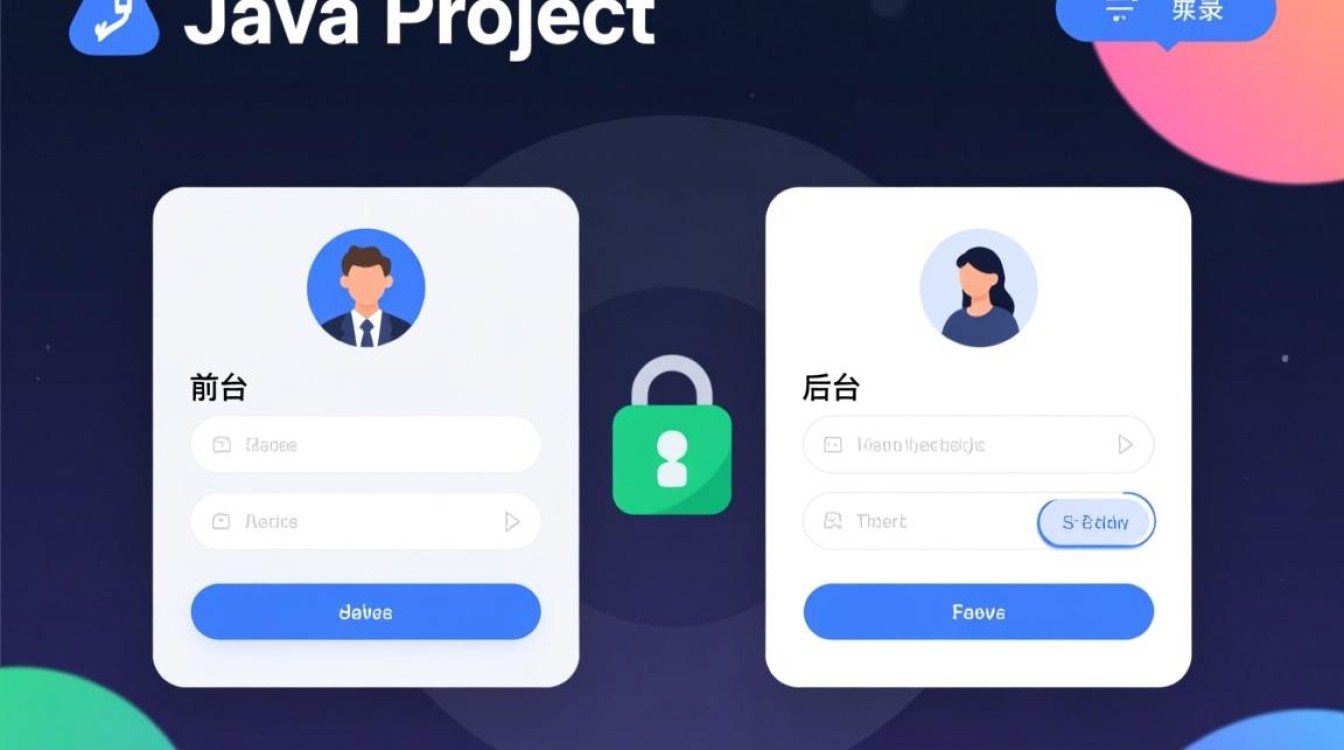API调用实例教程
在现代软件开发中,API(应用程序编程接口)是实现不同系统间数据交互的核心工具,无论是获取第三方服务数据、集成支付功能,还是构建微服务架构,API调用都是开发者必备的技能,本文将通过实例详解API调用的基本流程、常见参数、错误处理及最佳实践,帮助读者快速掌握这一技术。

API调用的基本概念
API调用本质上是客户端向服务器发送请求,并接收响应的过程,常见的API类型包括RESTful API、SOAP API和GraphQL API,其中RESTful API因其简洁性和灵活性被广泛应用,一个典型的API请求包含以下要素:
- URL:接口的统一资源定位符,
https://api.example.com/users。 - HTTP方法:如GET(查询)、POST(创建)、PUT(更新)、DELETE(删除)。
- 请求头:包含认证信息(如API密钥)、内容类型等。
- 请求体:POST或PUT请求时发送的数据,通常为JSON格式。
API调用的实战步骤
准备工作:获取API密钥
大多数API需要身份验证,以天气API为例,开发者需在平台注册并获取API密钥,该密钥通常通过请求头传递:
Authorization: Bearer YOUR_API_KEY 发送HTTP请求
以Python的requests库为例,调用天气API获取北京当前天气:
import requests
url = "https://api.weatherapi.com/v1/current.json"
params = {
"key": "YOUR_API_KEY",
"q": "Beijing",
"aqi": "yes"
}
response = requests.get(url, params=params)
data = response.json()
print(data["location"]["name"], data["current"]["temp_c"], "°C")
参数说明:
| 参数 | 类型 | 说明 |
|——|——|——|
| key | String | API密钥 |
| q | String | 查询城市名称 |
| aqi | String | 是否返回空气质量数据 |

处理响应数据
API响应通常为JSON格式,需解析后提取有用信息,上述代码中通过data["current"]["temp_c"]获取温度值。
错误处理
网络请求可能因超时、权限不足或参数错误失败,需通过状态码判断结果:
if response.status_code == 200:
print("请求成功")
elif response.status_code == 401:
print("API密钥无效")
else:
print(f"请求失败: {response.status_code}")
常见API调用场景
数据查询(GET请求)
以GitHub API获取用户仓库列表为例:
url = "https://api.github.com/users/octocat/repos"
response = requests.get(url)
repos = response.json()
for repo in repos:
print(repo["name"])
数据提交(POST请求)
以创建用户为例,向服务器发送JSON数据:

url = "https://api.example.com/users"
headers = {"Content-Type": "application/json"}
data = {"name": "John", "email": "john@example.com"}
response = requests.post(url, json=data, headers=headers)
print(response.json()["id"]) # 返回新用户ID
文件上传(POST请求带multipart/form-data)
url = "https://api.example.com/upload"
files = {"file": open("example.jpg", "rb")}
response = requests.post(url, files=files)
print(response.json()["url"]) # 返回文件访问链接
进阶技巧与最佳实践
使用异步请求提升性能
在需要频繁调用API时,异步请求可避免阻塞主线程,Python的aiohttp库示例:
import aiohttp
import asyncio
async def fetch_data():
async with aiohttp.ClientSession() as session:
async with session.get("https://api.example.com/data") as response:
return await response.json()
asyncio.run(fetch_data())
API限流与重试机制
为避免触发API的速率限制,可添加延迟和重试逻辑:
import time
def call_with_retry(url, max_retries=3):
for attempt in range(max_retries):
response = requests.get(url)
if response.status_code == 200:
return response.json()
time.sleep(2 ** attempt) # 指数退避
raise Exception("API请求失败")
安全性注意事项
- 敏感信息保护:避免在代码中硬编码API密钥,建议使用环境变量或配置文件。
- HTTPS加密:确保API使用HTTPS协议,防止数据泄露。
API调用是连接不同服务的基础技能,通过本文的实例,读者已掌握从基础请求到异步处理、错误处理的完整流程,在实际开发中,还需结合具体API文档调整参数,并遵循最佳实践确保代码的健壮性和安全性,随着经验的积累,开发者可以进一步探索API网关、OAuth2.0等高级主题,构建更复杂的分布式系统。
















